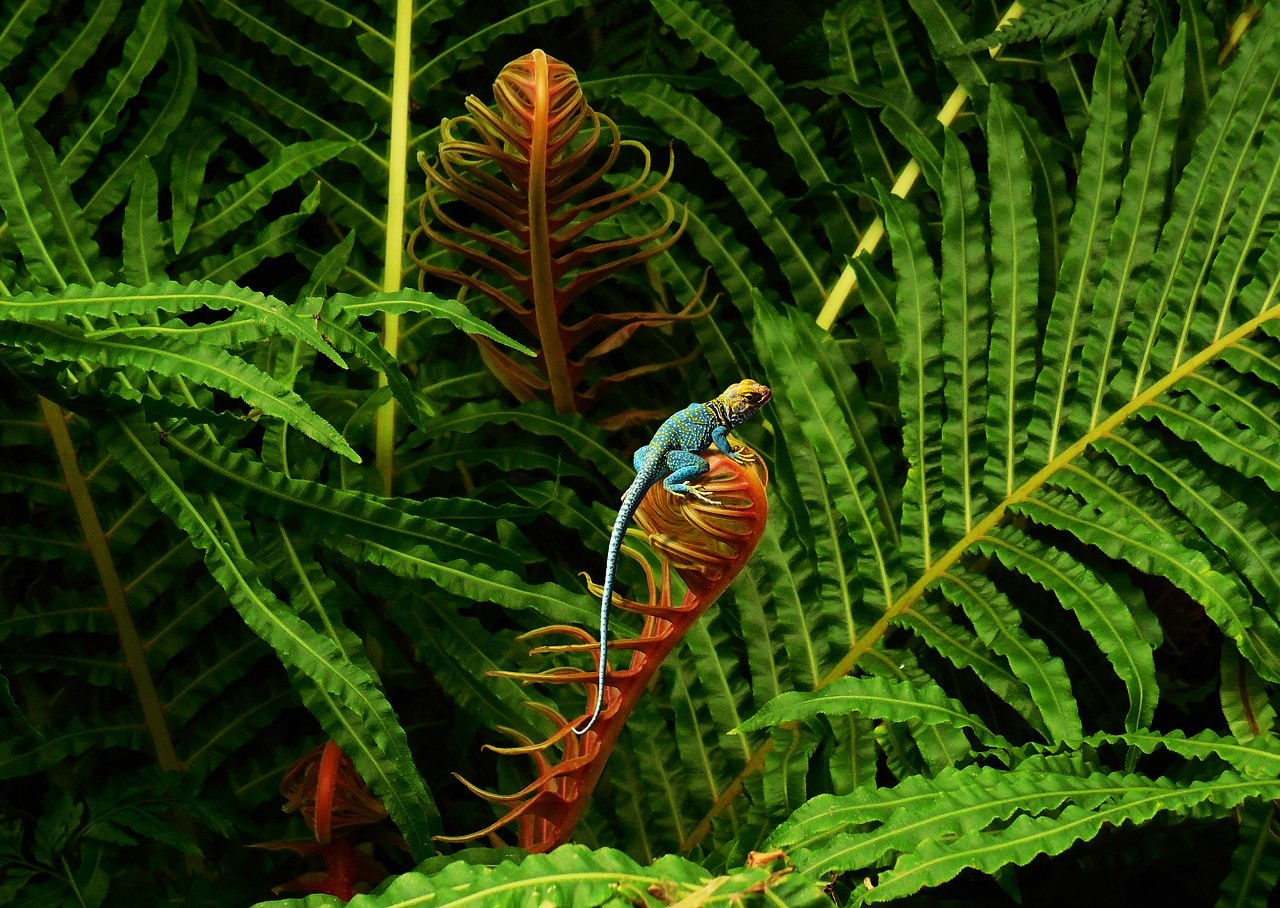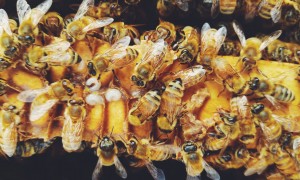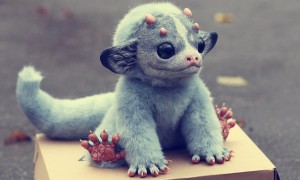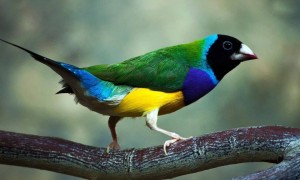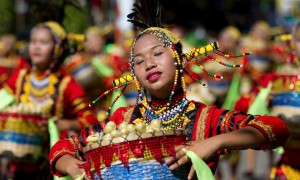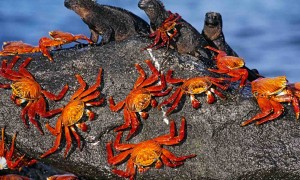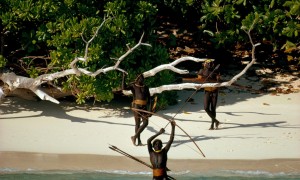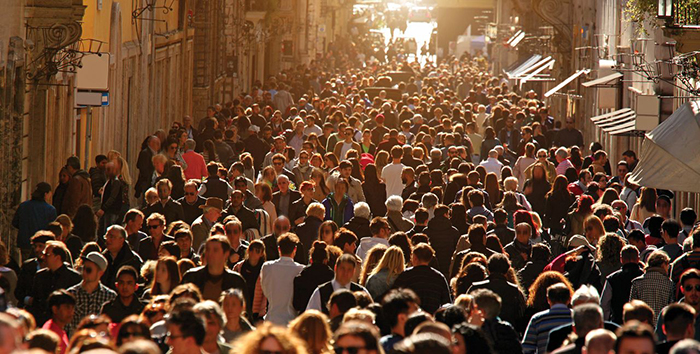
Everything around us depends on biodiversity, the air we breathe, the water we drink and the food we eat. Because of growing consumption, pollution and other factors, biodiversity is in crisis and that’s because of us. What does this mean for the future of our planet and can we stop it? Below we will answer some of the most buzzing questions about consumption and biodiversity.
What is the definition of consumption?
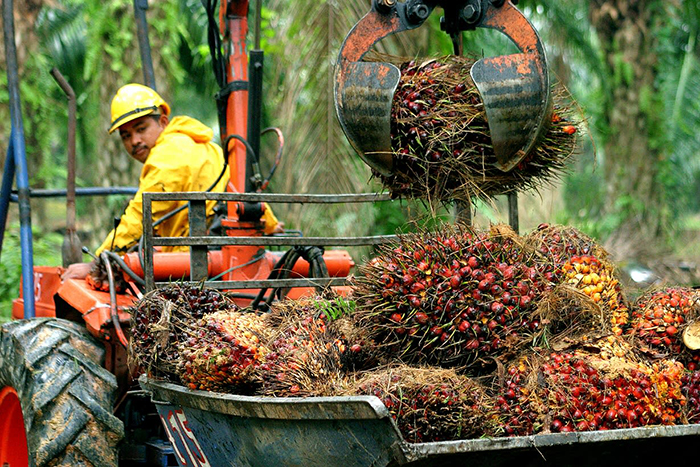
It is important to define consumption and the effects it has on the environment and biodiversity. We produce things, use them and then throw them away. Their life cycles are reduced to encourage this behavior which leads to exploitation of the limited resources of this Planet and generation of huge amounts of waste. Let’s look at several consumption examples: land being cleared for planting palm oil because it is wildly used in many products, this destroys the habitat of different species. Another example is the use of cosmetics with micro-plastics which pollute the ocean and poison the fish.
What is biodiversity?
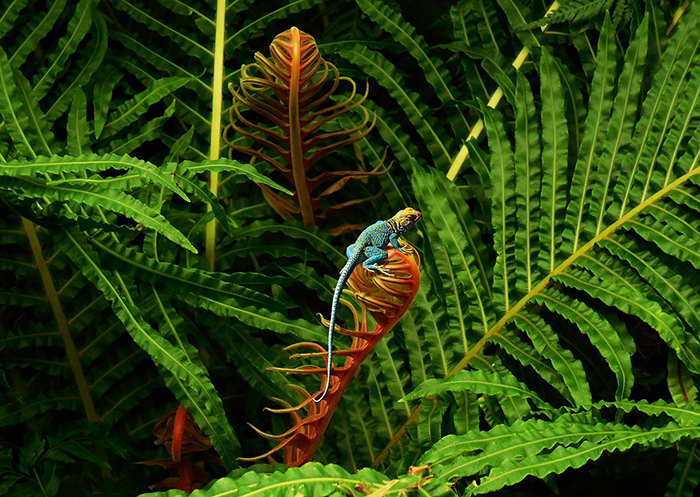
The word stands for the variety of life on Earth, in all its forms. The term is a combination of two words biological and diversity. It is quite a broad term because biodiversity is the most complex feature of this plant and also the most vital. Without it there is no future for us.

In recent years, the massive global loss of biodiversity is pushing the world into a crisis.
Why are species important?
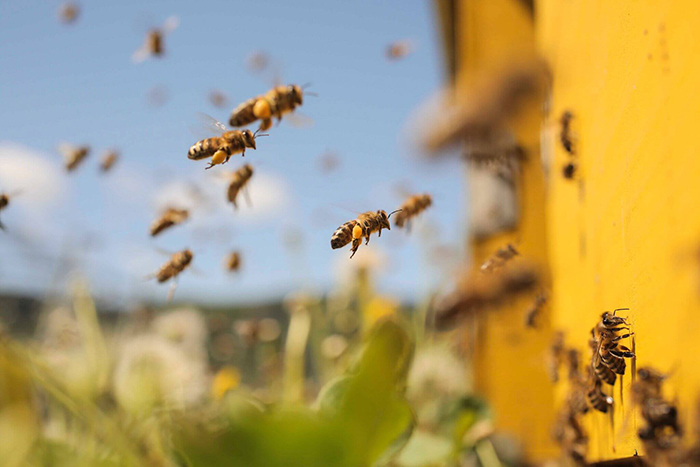
For many urban dwellers wildlife is something they see on TV, but nothing more than that. In reality everything around us depends on biodiversity. All species matter, because they are part of bigger systems. For example: without plants there would be no oxygen, without bees there would be no fruits which can lead to starvation of many animals and humans. These are pretty obvious examples, but others are not, for example trees are needed to absorb air pollution in the cities while coral reefs are an invaluable protection against cyclones.
How bad is it?
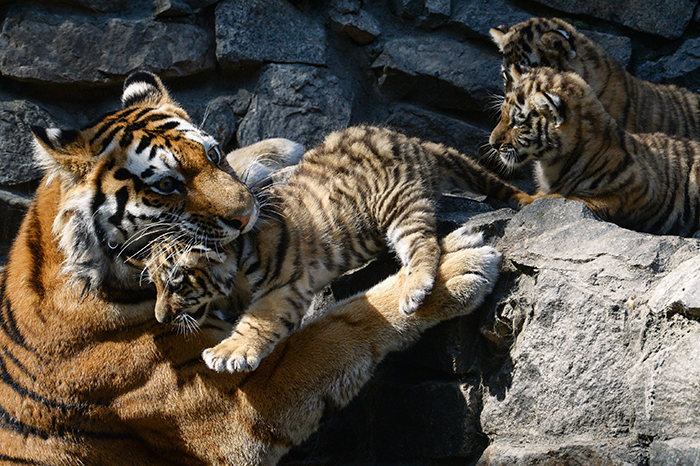
Very bad. There are species in the world that are becoming extinct at a scary rate. For example the number of tigers has decreased by a staggering 97% in the last century.
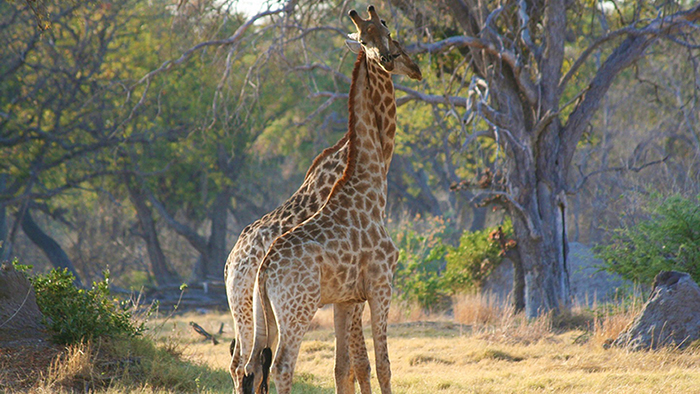
In some regions bigger animals have been wiped out by people.
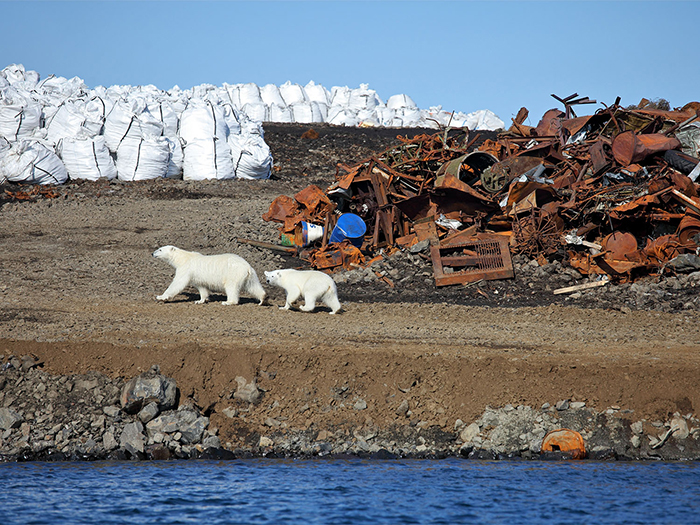
Billions of individual populations have been lost around the world and the number of animals living on Earth has plunged by half since the 70s’.
What’s destroying biodiversity?
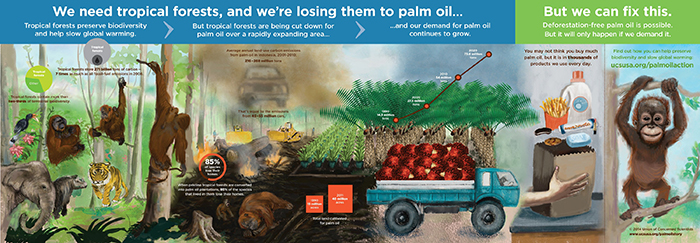
Many things have a destructive impact on biodiversity.
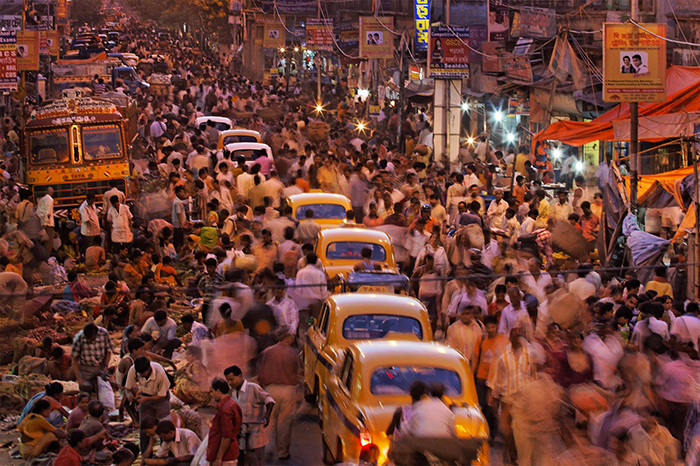
The growing human population, the consumption leads to wild areas being turned into housing, farmland and industrial sites, unsustainable hunting is another major factor etc. Pollution is among the big killers of different animals especially sea life.
What can be done?
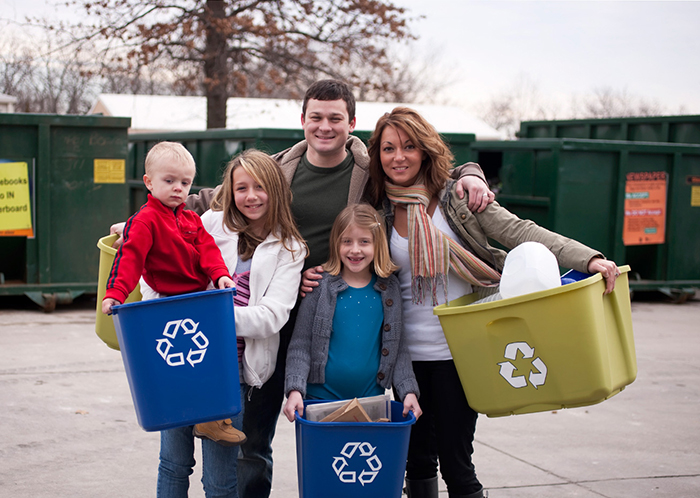
The best thing we can do is give Nature space and protect it. Making animals worth more alive than dead is key. We can all help in this effort. Most wildlife is destroyed by land being cleared for farming, palm oil, soy, timber, cattle and leather. Most of us consume these products every day.
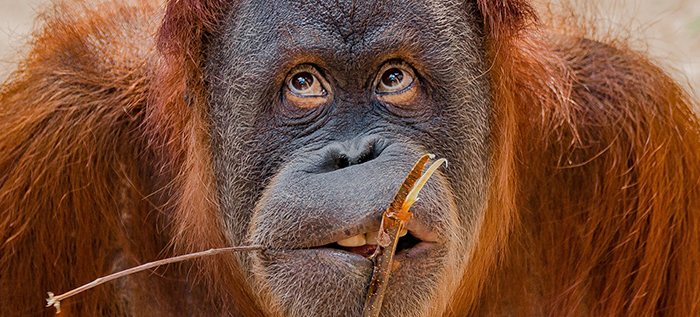
Palm oil, for example, is found in many foods and cosmetics. Reducing our consumption, choosing only sustainable options, as well as recycling and reusing stuff, are the first steps towards a better future.

